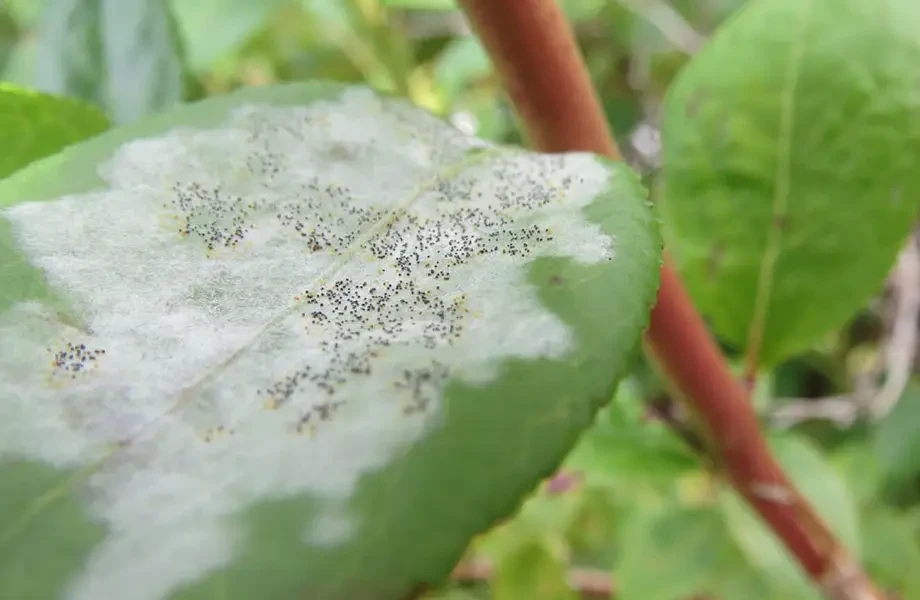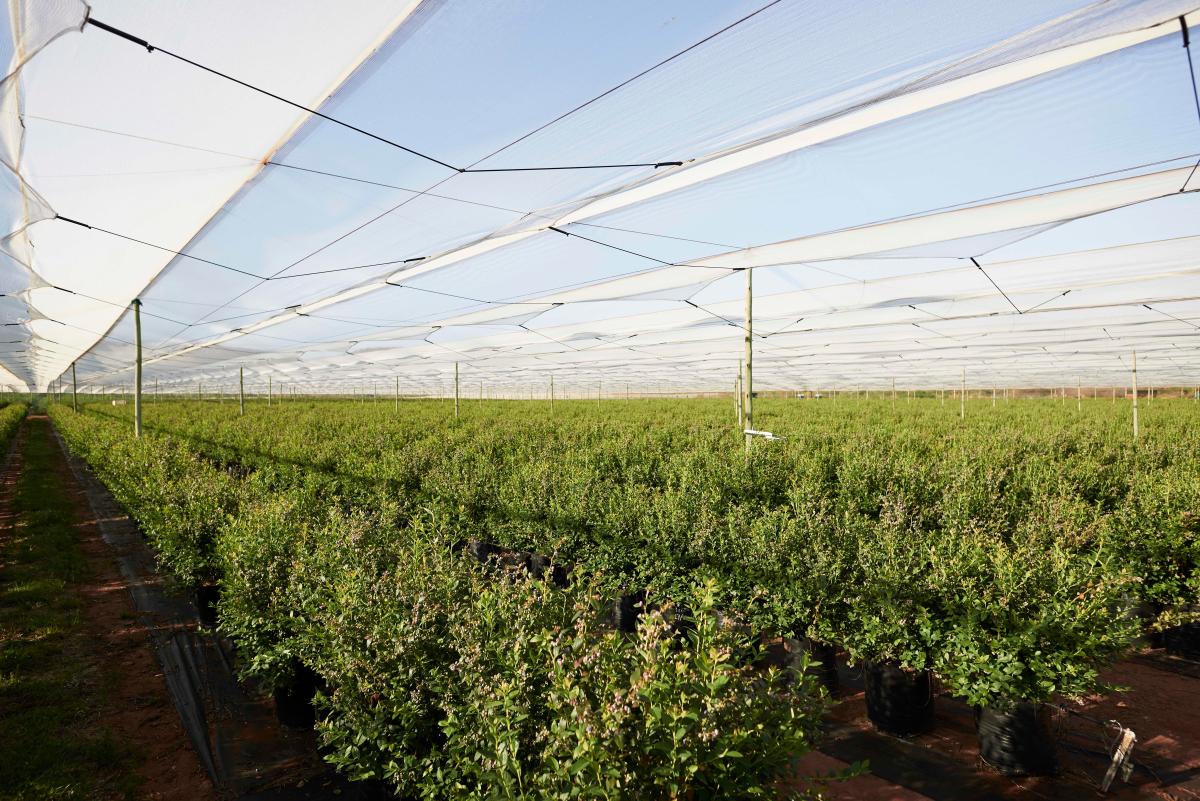A study by North Carolina State University has tracked the global spread of a fungus causing powdery mildew in blueberry plants, a disease that reduces crop yields and increases reliance on fungicides. The findings could help blueberry growers better predict, monitor, and control the spread of powdery mildew.
The research reveals that over the past 12 years, the fungus Erysiphe vaccinii has spread from its original range in the eastern United States to multiple continents. "We are witnessing this global spread right now, in real time," said Michael Bradshaw, assistant professor of plant pathology at NC State and corresponding author of a paper detailing the research.
Nature of the Powdery Mildew Disease
As the name suggests, powdery mildew causes a white, powdery substance to cover host plants, stealing nutrients and delaying photosynthesis while keeping the host plant alive. Different species of this fungus affect various plants; wheat, hops, grapes, and strawberries, among others, have been negatively impacted by powdery mildew. "There are other closely related mildews that affect plants like wild berries or eucalyptus, but these are genetically distinct from those now spreading globally on blueberries," Bradshaw explained.
Origins and Spread of the Fungus
In the study, Bradshaw and his colleagues examined leaves from historical and modern plants afflicted by powdery mildew. The collection includes 173 samples from North America, Europe, Africa, and Asia. One sample analyzed from a North American herbarium was collected over 150 years ago, while all foreign samples were gathered within the last five years. The powdery mildew was first observed outside North America on a farm in Portugal in 2012, as noted by a co-author of Bradshaw who worked at a major berry company.
Researchers conducted genetic tests on the fungal samples to trace the history and spread of the powdery mildew disease. Interestingly, none of the older specimens share the same genetic makeup, or genotype, as the ones currently spreading worldwide.
The study showed that the disease originated in the eastern United States and spread globally through two separate introductions. One strain of E. vaccinii reached China, Mexico, and California, while a different strain ended up in Morocco, Peru, and Portugal. Bradshaw believes humans are responsible for the spread, as nursery plants have been transported to foreign locations. "This is a challenging organism to control," Bradshaw noted. "If you’re shipping plant material globally, this fungus is likely to spread as well."
Interestingly, the study also found that the E. vaccinii fungus in blueberries in other countries appears to reproduce solely asexually; both sexual versions of the fungus are unnecessary for reproduction, whereas in the U.S., the fungus reproduces both sexually and asexually.
Economic Impact and Early Warning Measures
The study also collaborated with a major company and farmers to estimate the global cost of powdery mildew for blueberries, reflecting the cost of spraying fungicides to prevent or mitigate powdery mildew. The study estimates a cost between $47 million and $530 million annually for the global blueberry industry.
Finally, the study provides early warning signs for major blueberry production areas, such as the Pacific Northwest of the United States. Conditions in these areas are ripe for powdery mildew to take hold and spread, but the disease has not yet arrived there. "The spread of the disease may also be influenced by agricultural conditions," Bradshaw said. "Some areas growing blueberries in tunnels or closed environments seem to have worse disease outcomes than areas growing blueberries outdoors without cover, like in North Carolina."
Tool for Identifying and Managing Fungal Strains
Bradshaw added that researchers used a helpful tool that can identify E. vaccinii strains to assist farmers and other researchers. "It’s difficult to identify the fungus causing powdery mildew in blueberries, so we uploaded our data into a public database developed at NC State by co-author Ignazio Carbone. This platform allows growers to input their own data and find out which specific strain is present in their fields," Bradshaw said. "This is important because understanding the genetics can alert farmers to what strain they have, whether it is resistant to fungicides, how the disease is spreading, and the virulence of particular strains."
Photo: NC State University










